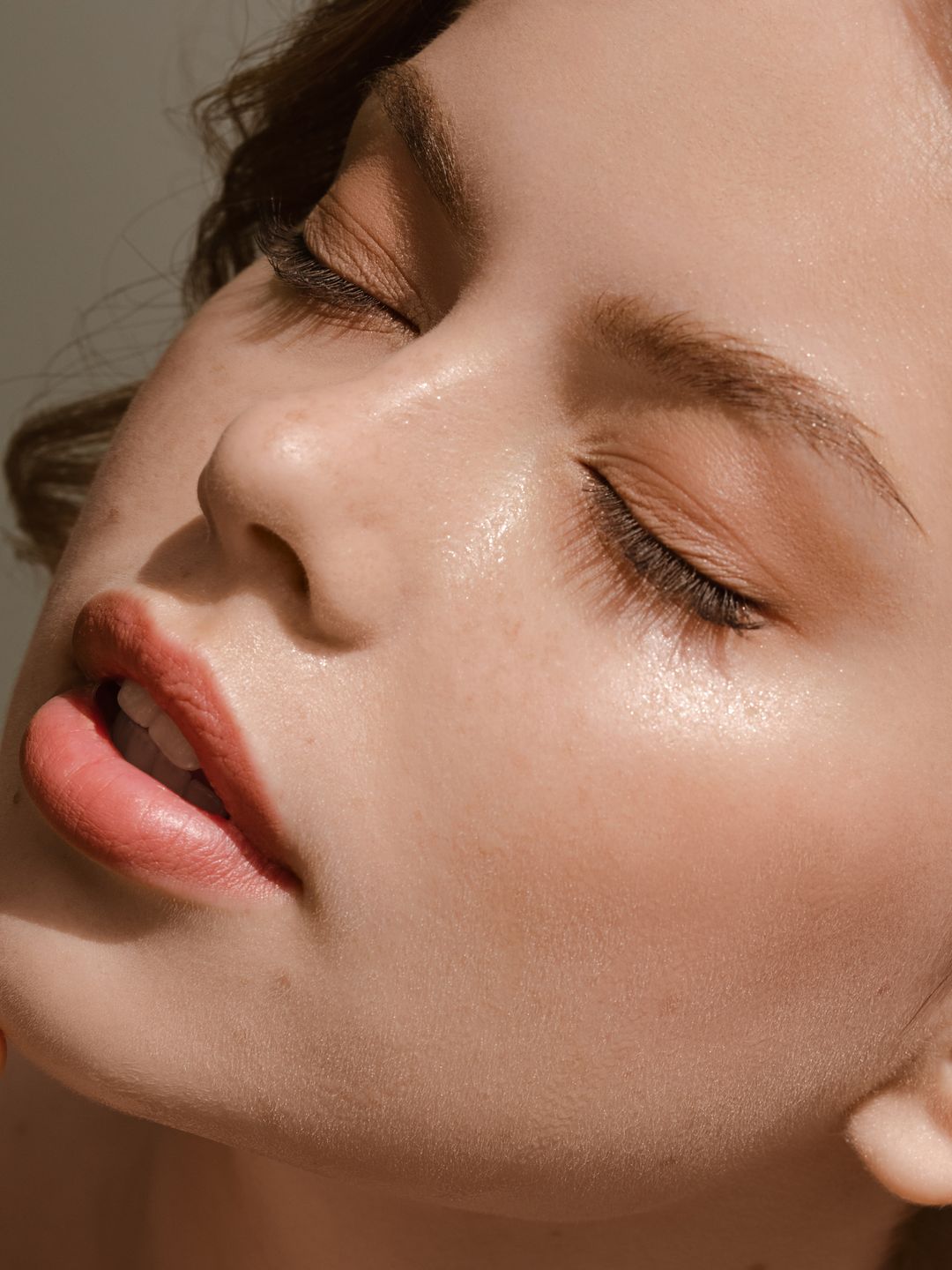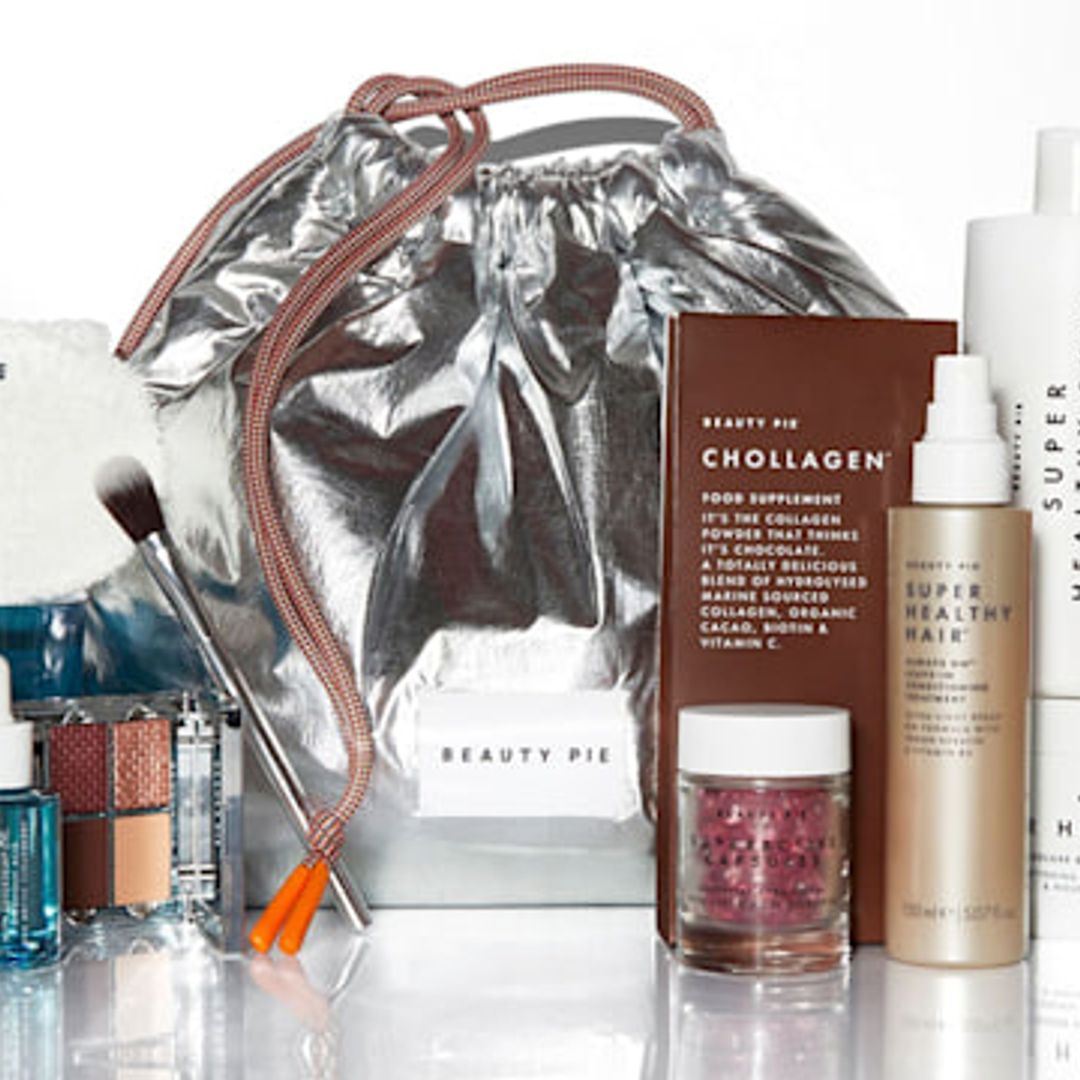The pursuit of ultra-radiant skin is the beauty quest that never relents. From potent vitamin C serums and nourishing, nutrient-rich oils, there are heaps of products out there that can help infuse your complexion with vitality and bounce.
Glycolic acid is one of the key ingredients that crops up in conversation when it comes to glow, but what's all the fuss about?
What is glycolic acid?
Glycolic acid is a liquid exfoliant, made up of molecules derived from sugar cane and fruits. It is the most well-known and widely used alpha hydroxy acid (AHA), sitting in the category alongside other ingredients such as lactic acid, mandelic acid and citric acid. It's worked its way into the formulas of many modern skincare formulas, topical products as well as expert-administered peel treatments, and is renowned for its exfoliating properties.
How does it work?
The ingredient is adored by beauty fanatics and skin experts alike mainly for its ability to help improve the texture and tone of the skin.
"The sugar acids dissolve the bonds that hold the dead skin cells onto the surface of the skin revealing younger, plumper cells," explains leading London facialist Kate Kerr. "Exposing these healthy cells ensures that the barrier is strong and light is reflected rather than absorbed, for a brighter and more resilient complexion."
Glycolic acid has the smallest molecular size in comparison to other AHAs, allowing it to penetrate the skin more effectively and deeply.
What are the key skin benefits?
Glycolic acid is no one-trick pony. In fact, it can be really useful for targeting a variety of skin concerns, including acne, pigmentation and the signs of ageing. "It can be beneficial for most skin types," Kate confirms. "But it is essential to consider the skin health, sensitivities and skin concerns when deciding which product would be best." For those prone to sensitivity, gentler acids that are molecularly larger than glycolic will minimise the risk of irritation – mandelic and lactic for instance. "It is crucial to monitor your skin's response and adjust the concentration and frequency of use to suit your needs and skin sensitivity."
MORE: Does gua sha work? A dermatologist reveals all
READ: How to look less tired: facialist-approved hacks for brighter, energised skin
Sun Damage and Pigmentation
The sun's UV rays can cause hyperpigmentation or dark spots. This mainly affects the surface layer, and glycolic acid can be effective in reducing this pigment and making the skin appear more tonally even.
Acne
Beta hydroxy acids (BHA) such as salicylic are more commonly associated with treating acne because of their ability to penetrate the pore and remove oil and debris. But glycolic acid can also reduce congestion by regulating the skin's keratinocyte maturation cycle (KMC), a term used to describe the process of new cell development, "their migration through to the surface of the skin as they mature, and the sloughing off". "A regular and efficient KMC is key to healthy skin – an impaired KMC is a significant contributing factor to skin conditions such as acne," Kate explains.
Dullness
Banishing dullness and enlivening lacklustre skin is one of glycolic acid's key draws as a high-performing ingredient. It breaks down the bonds that hold dead skin cells on the skin's surface, leaving newer cells at the forefront so the complexion is brighter and more glowy.
Uneven Texture
In breaking down those bounds, glycolic acid works to refine the outer texture of the skin. For those who suffer with dry patches or flakiness, glycolic can be a godsend, encouraging healthy cell turnover and even "enhancing product absorption by removing dead skin build-up that infringes on the penetration of active ingredients".
Fine Lines and Wrinkles
Over time, the skin loses its natural bounce with the depletion of collagen. Glycolic acid is thought to smooth over and gently reduce these early signs of ageing – fine lines, wrinkles and the like – according to various studies. It works by stimulating collagen production, the protein that provides strength and structure, and elastin, the protein that allows your skin to stretch and appear firm and bouncy.
How to incorporate glycolic acid into your skincare routine?
The best way to slot the ingredient into your current regime depends on your individual skin concerns. Glycolic acid can absolutely be used in conjunction with other actives, in fact a great ingredient combination is "essential for optimising skin health", according to Kate. However, it is important to note that glycolic acid must be used with a high-factor, broad-spectrum SPF because the exfoliation process leaves the skin more sensitive to the sun. Also, following product instructions under the guidance of a skincare professional is key so that you get the right potency for your skin. "Start with a lower concentration and increase the frequency of application as the skin builds tolerance," Kate advises, especially to those prone to sensitivity.











